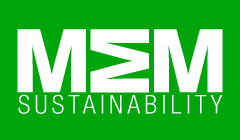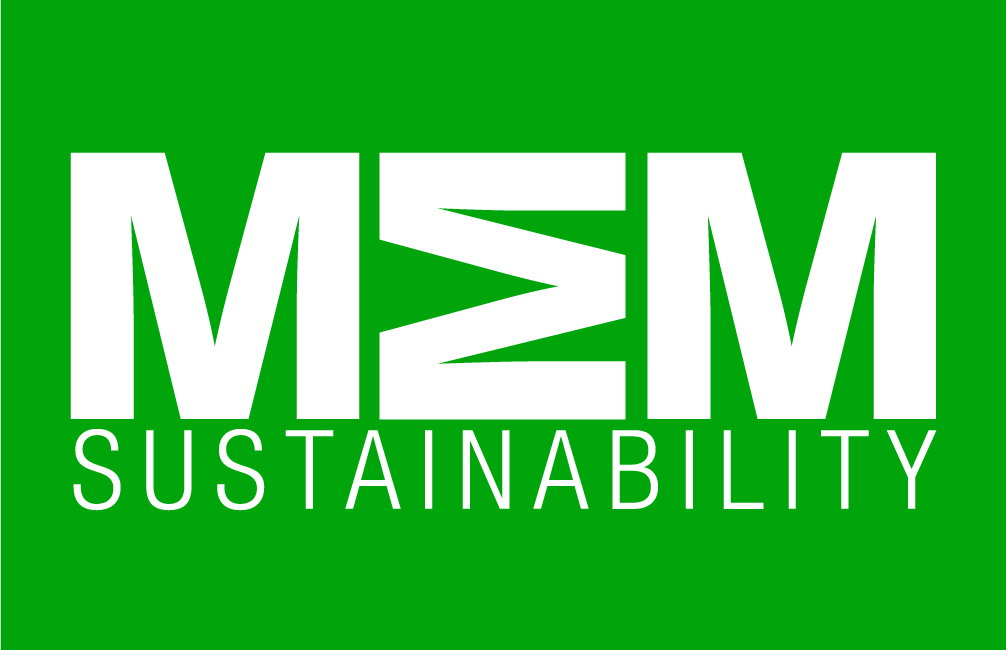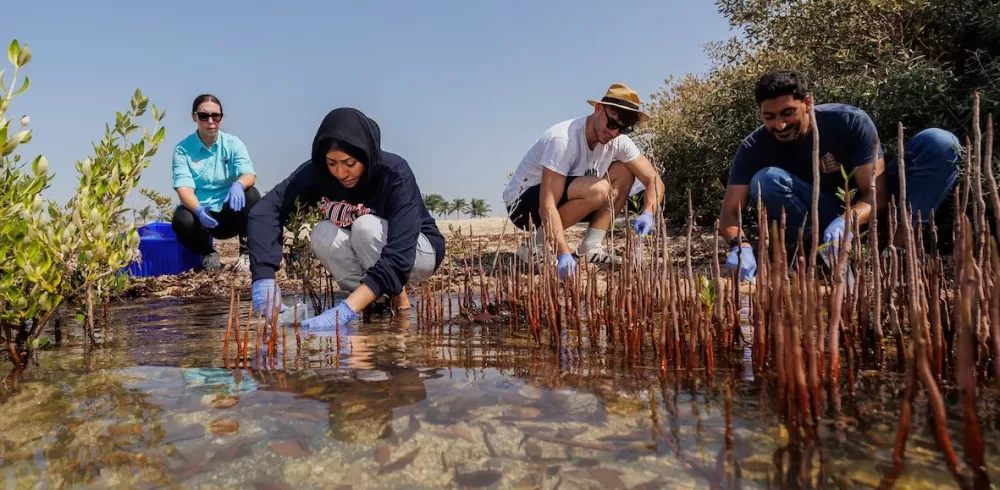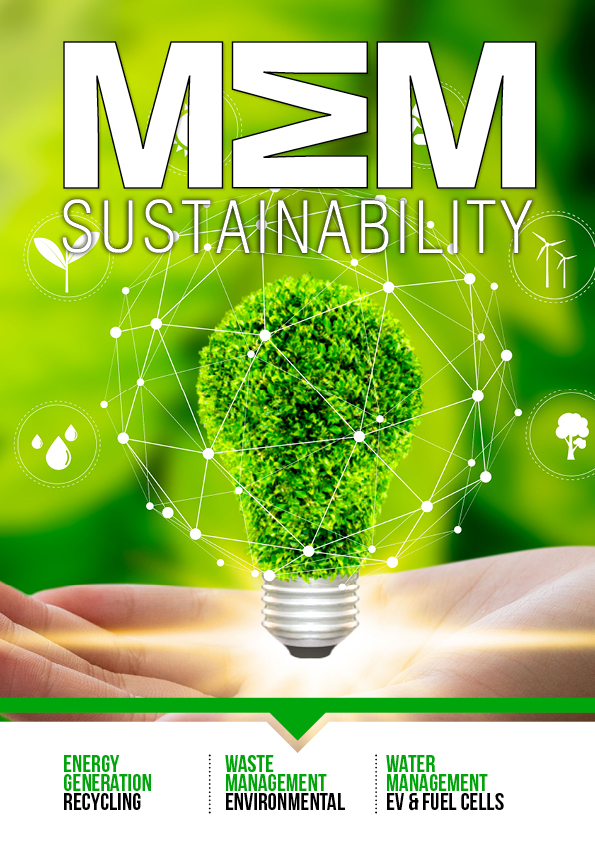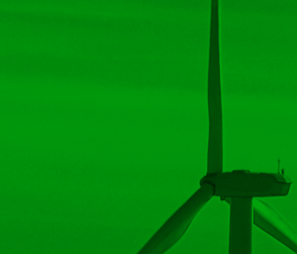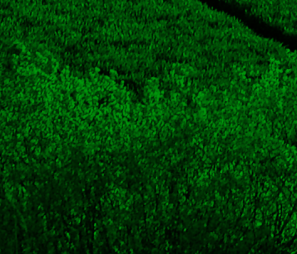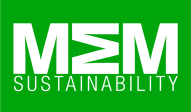NASA-sponsored start-ups developed portable microbial detection technology to support nature-based climate change solutions at KAUST.
Following a successful mission testing portable microbiological and DNA devices initially designed for the International Space Station, KAUST and international experts developed new protocols and demonstrated their application in KAUST’s coral system and mangrove forests in Saudi Arabia.
Originally designed for NASA (crew health) and NIH (public health) monitoring, this expedition marks the first deployment of this technique to investigate the coral and mangrove microbiomes in high-salinity marine environments in Saudi Arabia. The researchers employed a range of devices, techniques, and protocols, but notably, they utilized several cutting-edge portable devices, developed by NASA-sponsored start-ups.
The KAUST experts employed a DNA extraction device which allows on-the-spot DNA extraction, helping researchers maintain and understand essential ecosystems. Measuring microbial diversity in-situ allows a more accurate representation of the microbial communities present in any given environment.
While these instruments have been used in the lab to concentrate ocean samples and in the field (Yellowstone), they’ve never been deployed in the high salinity or oceanic environments in the US. Recognizing and conserving microbial diversity enriches our strategies for leveraging coral and mangroves in the fight against global climate change.
Following the in-situ data collection, the team then used third-generation sequencing technology, Nanopore in collaboration with KAUST core laboratories, to thoroughly assess microbial diversity and found microbial diversity never seen before.
Measuring microbial diversity in-situ using a portable device allows a more accurate representation of the microbial communities present in any given environment. This is because extracting samples and delaying their processing can alter their microbial composition. For instance, any changes in storage temperature or a processing delay exceeding 2 hours can lead to the loss of specific microbial signatures.
Due to the success of the sample collection, the mission also demonstrates potential for in-situ DNA-extraction to be used in medical settings. For example, it could allow for on-the-spot identification of pathogenic microorganisms in hospitals, eliminating the need to send samples to labs. This is especially valuable in remote areas with limited medical infrastructure.
The use of in-situ monitoring devices will help quick diagnostic of corals and mangroves health and facilitate the management of restoration and rehabilitation efforts.
The innovative devices being tested at KAUST’s Coral Probiotic Village and mangroves will also improve the quality of the microbiome data obtained from coral reefs and extreme environments by increasing the diversity of microbes that can be recovered from the environmental samples. This new data will support the development of even better microbial-based solutions to monitor, protect and recover coral reefs and other important ecosystems.
Microbial diversity data can now be generated on the site and will aid understanding of how storage temperature influences the microbial profile of environmental samples and will further our understanding of the potential of coastal ecosystems in climate change mitigation.
Manufacturing & Engineering Magazine | The Home of Manufacturing Industry News
